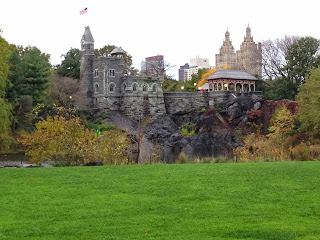North Korea’s missile launch over the sky
surprised Japan so much. Prime Minister Shinzo Abe had telephone conference
with United States President Donald Trump unusually for two consecutive days.
Japan is going to make every effort to urge United Nations put further pressure
on North Korea. Nevertheless, Kim Jong-un boasts that he will continue the
missile launch over Japan toward Pacific Ocean.
Government-owned Korean Central News Agency
announced that the missile launch was made on the day of Japan’s annexation of
Korea 107 years ago. “The bold operation that surprised cruel Japan settled
accounts for accumulated grudge in our people’s heart,” commented KCNA.
According to national media in North Korea, Kim issued an order that urged
consecutive missile launches targeting Pacific Ocean for enhancing
modernization of strategic weapons.
What Japan can do against provocative Kim
regime is quite limited. Abe agreed with Trump on stricter sanction against
North Korea. “Although I cannot say about the measures, we have completely
agreed on the notion that launching missile over Japan was extremely dangerous
and international society needed to put further pressure,” told Abe to the
reporters. Trump argued that dialogue was not a solution and U.S. had been
blackmailed in dialogue with them for twenty-five years in his twitter before
the talk with Abe.
Receiving request from Japan and some
others, U.N. Security Council adopted a presidential statement that condemned
North Korea “for its outrageous actions and threats against another U.N. member
state.” Japan considers proposing further sanctions against North Korea,
including oil embargo which once was turned down by China and Russia in the
last resolution against North Korea earlier this month. But, it is unlikely for
oil embargo will reach an agreement in UNSC, while China and Russia requires
U.S. to stop the joint military exercise with South Korea.
In the discussion of the Diet on Wednesday,
the opposite party raised a doubt on a comment of Minister for Foreign Affairs,
Taro Kono. Kono stated on the missile launch that North Korea had flinched from
striking Guam. While Kono explained his comment as his analysis that the North
refrained from doing that with high pressure from U.S., the opposite lawmaker
warned Kono not sending wrong message to Kim regime.
Skepticism about early warning system
against missile launch spreads in Japan. Although J-Alert system recommended
the people in Japan to hide themselves into building or underground right after
detecting the missile launch, they had only a few minutes to do that. A big
question is what the people can do in ten minutes, the time of missile from
North Korea arriving Japan.

















